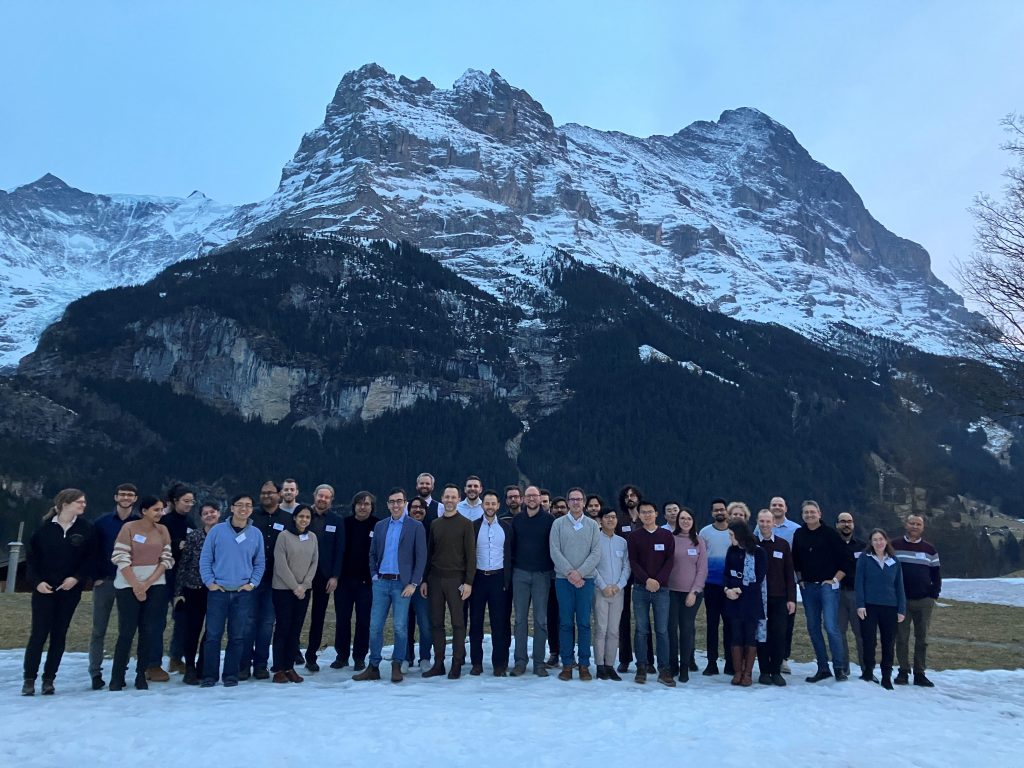How shall the data space for battery projects in EU be better unified? That was the central question during Big-Maps conference in Grindelwald, Switzerland at the end of January.
Right now, the currency in the research world is citations, in the future it might very well be accessible data, publish will not be enough. Like you sometimes go back to old papers you want to be able to get back to old data sets. One way or the other we are all dependent on other people’s data. Stitching together different communities is the challenge, and for that to happen easiness is key. The need for benchmarking in the battery-ML (machine learning) community is enormous, the panel that ended day one agreed upon.
It takes effort just to keep and run data, so the human aspect of the work needs attention. Data hidden in excel sheets is impossible to harvest in a wider scheme. Therefore 24 out of the 29 apps available in the Big-Map App store are provided with video demonstrations, and according to Tejs Vegge, DTU, it is also super easy also to add an app.
Presentations were mixed with demos and hands-on-sessions for Big-Map Notebook, Archive, Finales (an autonomous pilot line for batteries) and alike. The presentations were often followed by questions like “how do you handle a tweak, a change in the experiment that you realize is needed, do you have to send in a new JSON-file and how flexible is the system, how do you ensure traceability?”
It takes lots of time to synthesize tens of thousands of materials. To find new candidates for electrolytes for solid states batteries, and avoid tedious lab work Tushar Thakur, a PhD at EPFL, has another idea. He applies filters to already known materials to study them with first principles (simulated using quantum mechanical theories). Using the open source package Quantum Espresso and python infrastructure AiiDA, to run thousands of calculations, he filtered more than 30 000 experimental structures. At the end, 20 candidates for electrolytes for solid states batteries were left – a doable work to carry out experiments on!
Taking about experiments – robots are more and more used. Corsin Battaglia, representing Empa and Edan Bainglass, a postdoc from PSI (Paul Scherrer Institut) demonstrated Aurora – an autonomous robotic battery platform for 32 coin cells. Mixing is automated, each coin cell can be different and the cells are tracked via QR-code. The possibilities to open up Aurora to a wider community and also to connect it with Finales for further automation were ideas that came up in the discussion.
Cinthia Krämer is a PhD at Dortmund Technical University and part of the Healingbat project, dealing with selfhealing for Li-S batteries. Healingbat started during fall and it is the first time she attends a Big-Map conference.
– I am impressed by all the nice talks. The conference gives a broad view from experiments to data science, needed to navigate for efficient use of saved data. We need tools that control format, so data gets less time consuming to share, to incorporate in apps and repositories, she says.

